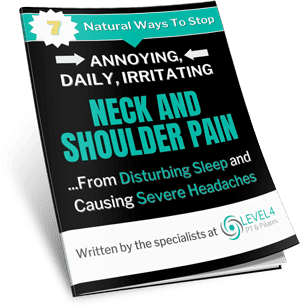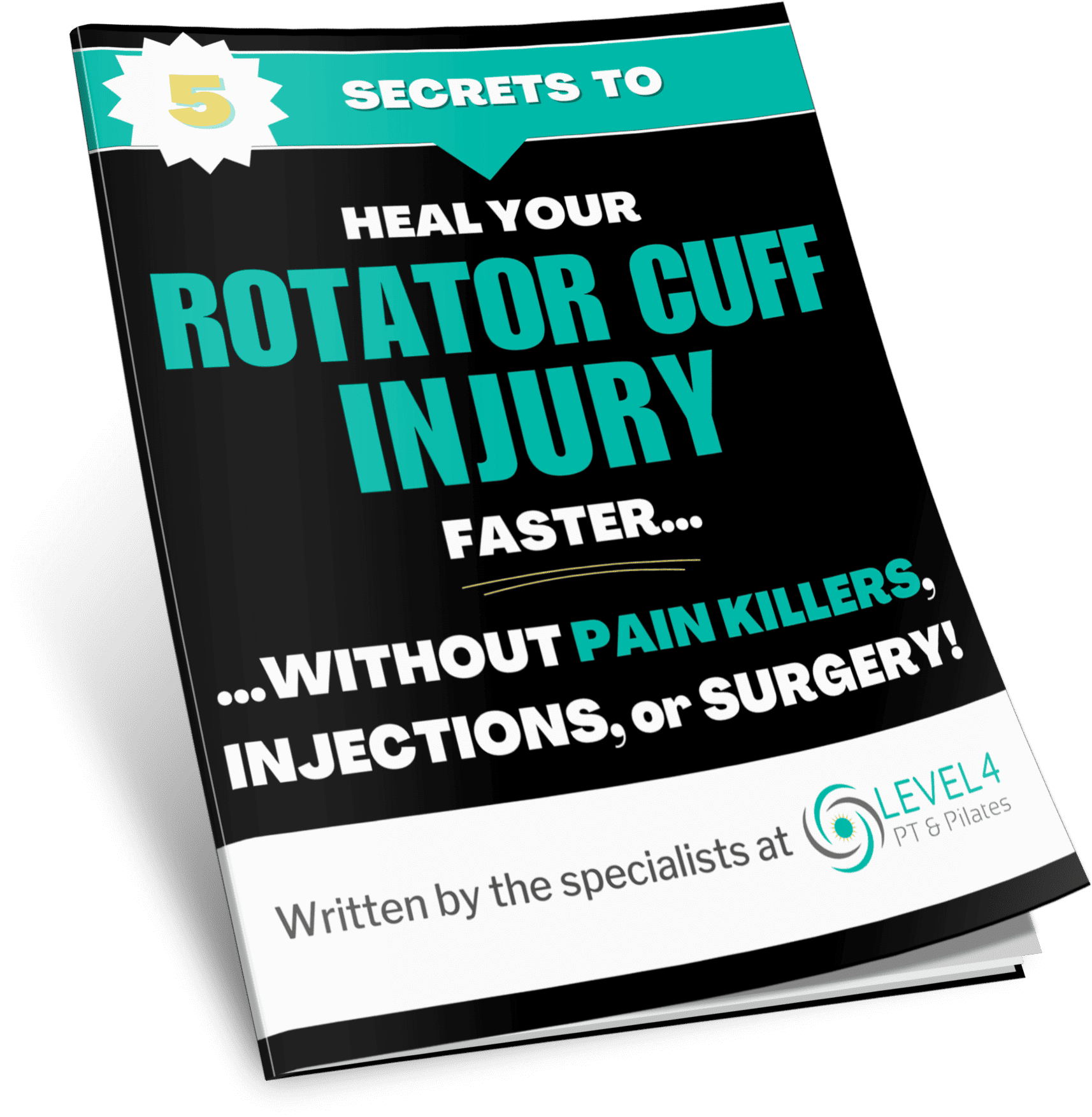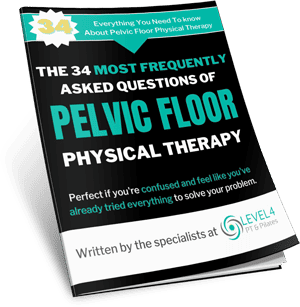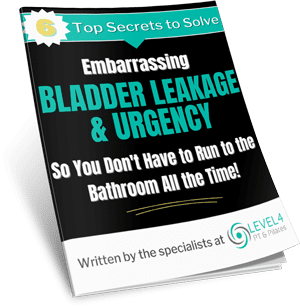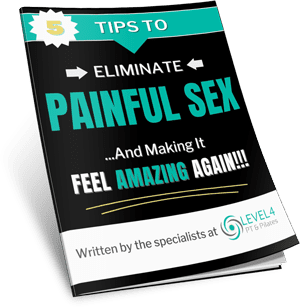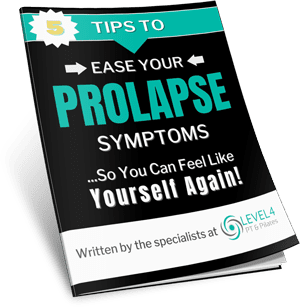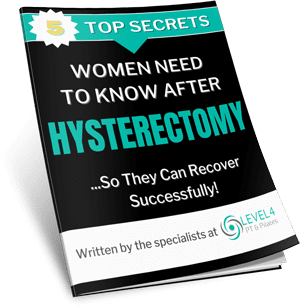
Why Does My Shoulder Only Hurt When I Move My Arm… But Feels Fine At My Side?…
This is one of the most common shoulder questions we get asked in the clinic.
This week I had a question asked by one of our clients Brooke, 49, from Encinitas, who asked…
“For the past several weeks my shoulder feels fine, as long as I don’t use my arm. But as soon as I try to reach or lift something, I get pain down the outside of my arm. Why does my shoulder do that?”
At this point, Brooke sounds like a lot of patients we initially start treating who complain of shoulder pain. Like many others, she thought it would go away on its own. When it didn’t, she attempted to treat it herself with advice she found on Google and YouTube, but was again unsuccessful. Now she’s experiencing a very common presentation of shoulder pain.
When she reaches out, particularly to the side or across her body, she gets a sharp pain in her shoulder that extends down the side of his upper arm.
Other common complaints we hear in the clinic from our clients experiencing shoulder pain are with activities such as:
- Fastening a bra
- Putting on or taking off a jacket
- Sleeping on the painful shoulder
- Reaching to the top shelf
- Going for a wallet in the back pocket
- Reaching for an item in the back seat of the car
- Reaching to turn off the alarm clock
- Lifting their children or grandchildren
- Pulling a gallon of milk out of the fridge
- Fastening a seatbelt
- Exercising (push-ups, pullups, overhead lifts, etc.)
- Sports (golf, throwing overhead, tennis, CrossFit, etc.)
Do any of these symptom patterns sound familiar?
If it does, you’ve probably wondered what exactly is causing you to have this pain that is interfering with your everyday life. I’m willing to bet that you have also searched the Internet attempting to self-diagnose - in the hopes that you can treat it yourself.
This approach can be dangerous… potentially leaving you more confused than providing a solution . During your search, you will come across many potential causes.
You will read about conditions like:
- Bursitis
- Tendinitis
- Impingement – which if not treated can eventually lead to rotator cuff tendinitis and tears
- Rotator Cuff Tear
- Labral Tears
- Arthritis
- Adhesive Capsulitis/Frozen Shoulder
- Multi-Directional Instability
- Dislocation
- Nerve Entrapment
And on, and on, and on…
There’s so many different diagnosis’ how can you possibly know why your shoulder hurts when you raise it? More importantly, knowing what you should do to treat it?
It’s amazing that as complicated as the human body is, let alone the fact that your shoulder is the most complicated joint in the whole body (to be explained in greater detail below), you are attempting to fix it yourself... neglecting the possibility of making your shoulder pain worse!
Would you do the same thing when your car’s transmission blows up, or if the brakes are malfunctioning… heck, what if you had severe pain in one of your molars - would you perform your own root canal? Do you ask the pilot to move over because you know how to fly the plane better? Of course not, you would leave it up to the specialist… Right!?... Right!? The human body is no different.
Understanding and treating your shoulder when you first begin to feel pain can prevent surgery and costly medical treatments.
It is important to understand why your shoulder hurts the minute it starts to hurt.
Here’s why:
The first thing you need to do is find the exact cause of your shoulder pain. Finding the source and the cause of your shoulder pain will help you be able to treat it and prevent further damage. What could the problem actually be?
If you suffer from shoulder pain that comes on every time you attempt to move your arm, it’s because the shoulder has the greatest movement of all the joints in the body and it experiences the most abuse.
Furthermore, there are 17 muscles in the shoulder and each one of them has to do their part - working in unison like each member of a symphony. There are four main muscles called “the rotator cuff”, which is a set of muscles that supports and stabilizes your shoulder joint with every movement… especially overhead.
However, these repetitive movements are the ones that cause the rotator cuff overtime to become injured. Add poor posture, stiff joints, muscle strength and flexibility imbalances and the problem becomes more complicated.
You begin feeling a really sharp pain in your shoulder with simple arm movements!
I know what you’re feeling and understand how daily annoying shoulder pain gets in the way of life. I feel it from time to time after a hard workout in the gym and I forget I’m not in my twenties anymore.
The muscle usually affected is called the supraspinatus because it goes through a tunnel created by the ball or head of your humerus bone and the shoulder blade… placing it in a vulnerable position to be pinched. At times, if other muscles surrounding the shoulder are tight, it will create even less space inside the tunnel for the supraspinatus muscle to travel through.
What causes the shoulder to be tight?
Usually there’s three culprits……overhead activity, improper exercise habits and poor posture.
Click Here If You Want More Information About How Physical Therapy Can Help You
Overhead activities place the shoulder in its most vulnerable position and the muscles around the shoulder tighten up to protect it. It’s ok to do it once or twice, but imagine what happens if you do it repeatedly over and over again! It’s like biting the inside of cheek over and over when chewing gum or eating.
If you have an occupation that requires you to use your arm and shoulder in the same way, it will also cause the same increase in tightness in the muscles around the shoulder joint.
Thankfully, posture is the one that you can improve the most.
A poor static posture, whether in sitting or standing, further decreases the space where your supraspinatus muscle runs through. Slouching your shoulders forward overworks your shoulders and stretches the muscles going into the neck. A slouching posture also turns off your vital core muscles, so it’s harder for you to keep your head up… and that’s the heaviest part of your body!... but we will save that topic for a following write up.
Will it go away by itself?
Contrary to popular thinking, it won’t go away on its own. You might have days where it will feel better, but it will never completely go away unless you change something.
What do you need to do?
Let me tell you why Physical Therapy can help you.
A common mistake you don’t want to do, as many others with shoulder pain do, is they go ‘too hard’ too early… especially if you don’t know what’s really going on.
Aside from specialized treatment, you need to stretch the appropriate muscles in your shoulder. Stretching the muscles loosens the joint up and increases the space for your rotator cuff muscles to fire more efficiently.
After stretching, you then have to appropriately strengthen the muscles surrounding your shoulder with specific exercises – including the muscles in between your shoulder blades to pull your shoulders back and place your shoulder in a better position to move your arm overhead.
Throughout the day, whether you’re sitting at your desk or standing in line, every time you feel yourself slouching, stop and pull your shoulders back while squeezing your shoulder blades together.
Also, sit up straight like you did at school and were reminded by your teacher “sister Mary”… (sorry, I went to private Catholic schools).
Imagine you’ve got a piece of string through the top of your head pulling you towards the ceiling and making you as tall as possible.
So there you have it, appropriate stretching combined with specific exercises will improve your shoulder’s overall flexibility, strength and posture, which in turn, can help stop annoying, daily, irritating shoulder pain. In addition, it can also reduce how painful it feels and how much it gets in the way of day to day life.
If you’ve been struggling with any type of shoulder pain for more than 10 days, it’s very likely you’ll run into the same problems Brooke encountered.
Lucky for you, we’re here to help!
If you’d like to know more and want tips for easing your shoulder pain, here’s a free report with 7 top tips to keep active with less shoulder pain. Learn how physical therapy can help your shoulder pain by clicking the link: www.level4pt.com/neck-shoulder-pain and then click on the button for the free guide.
I hope this article is able to help you make a better decision for your health and if you think a friend or family member would benefit from reading this (or needs to read it), feel free to share it with them.
Enjoy!
Dedicated to restoring your health,
Dr. O 🙂
San Diego’s Leading Shoulder Pain Specialist at LEVEL4 PT & Wellness
- Can Physical Therapy Help My Muscles After Having Covid? - January 26, 2022
- The Real Story Behind What’s Causing Your Sciatica - August 30, 2021
- Should I Have Surgery to Repair a Tear in My Rotator Cuff? - February 9, 2021





